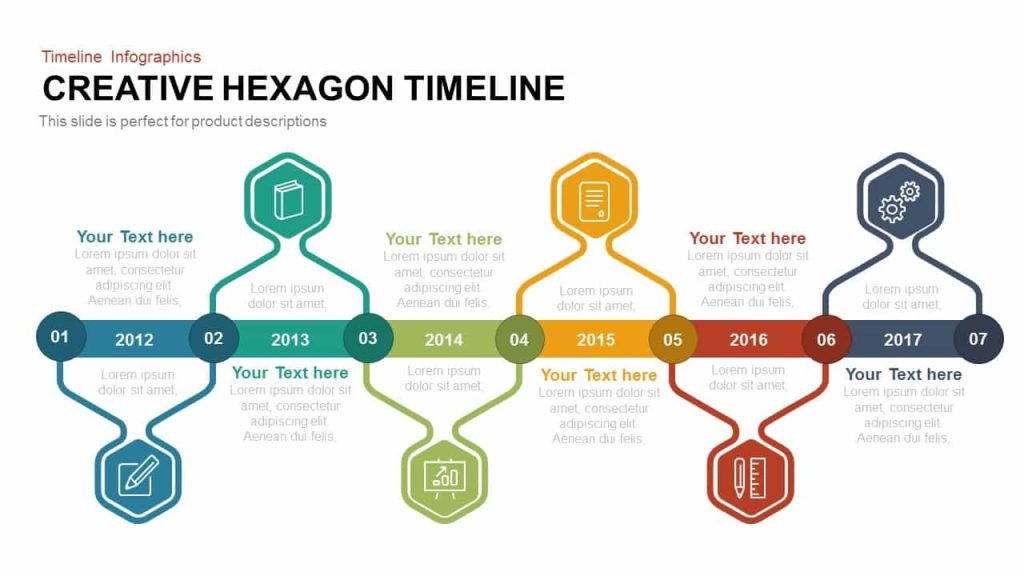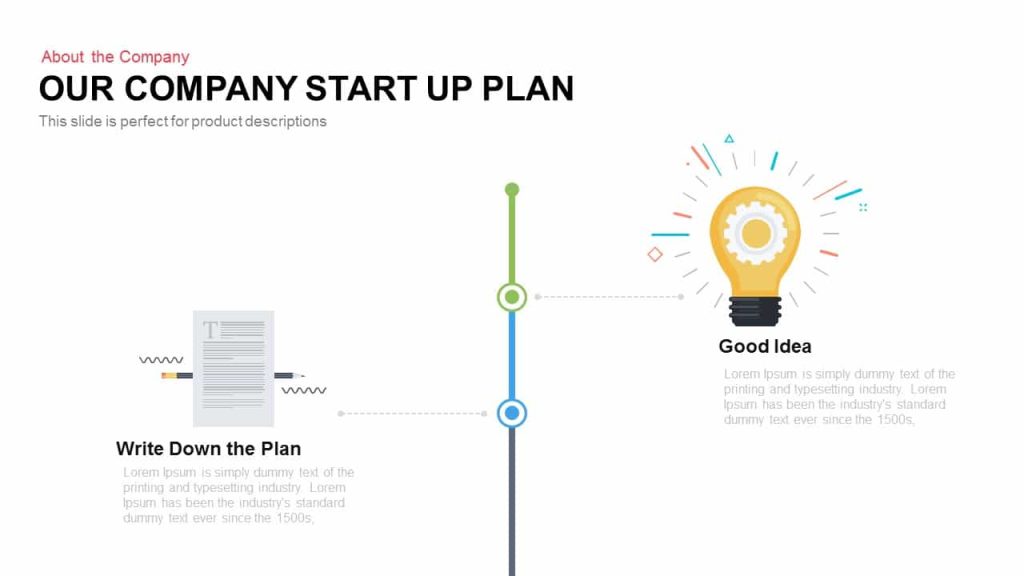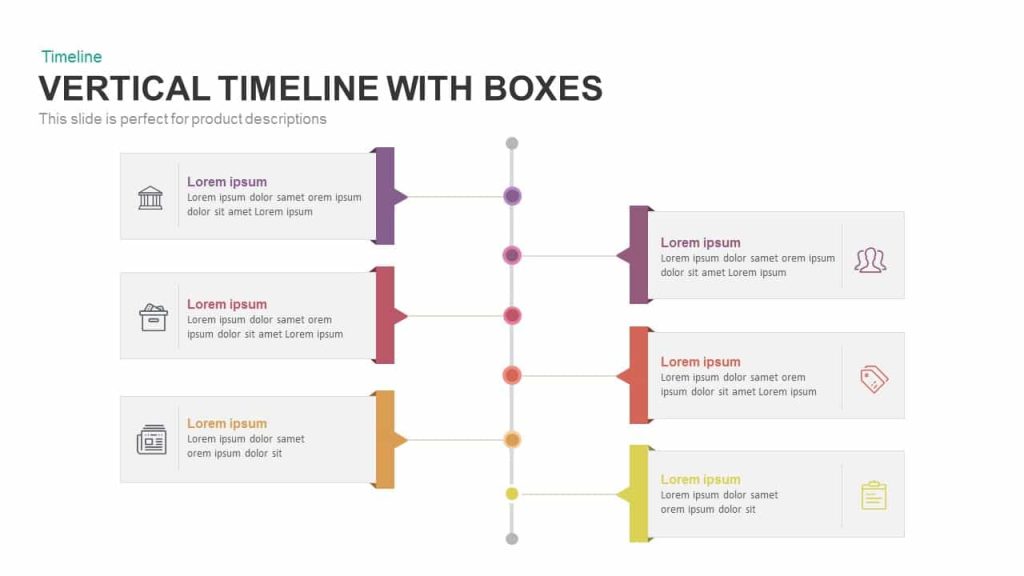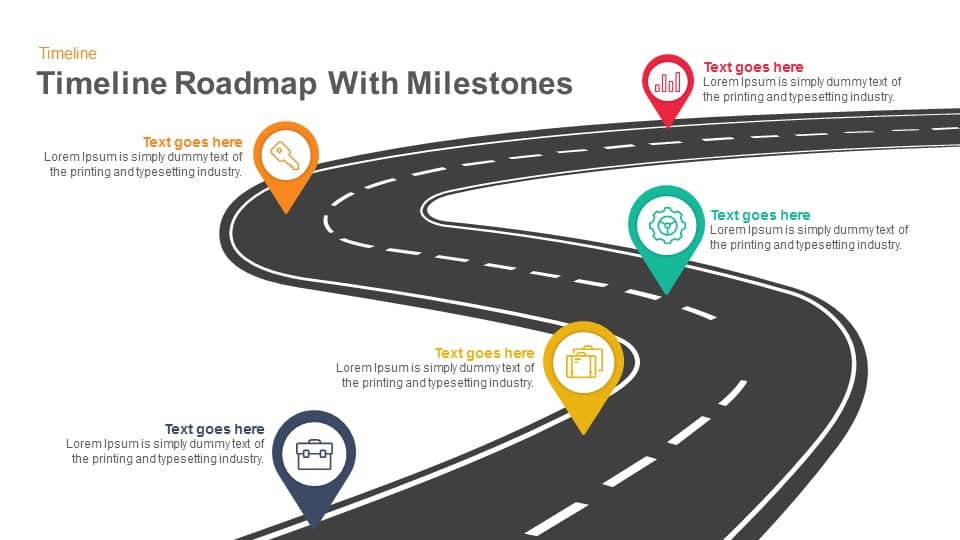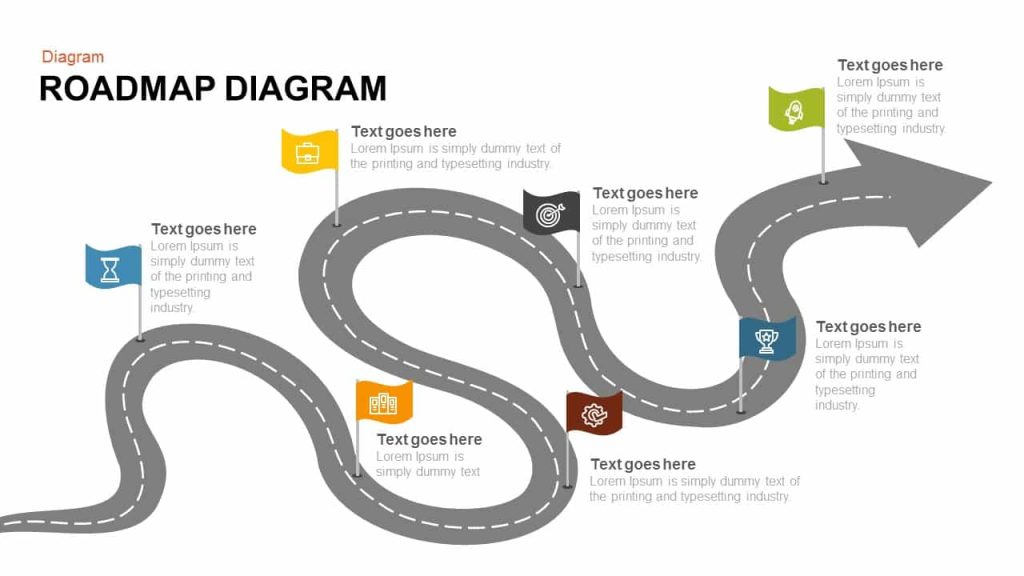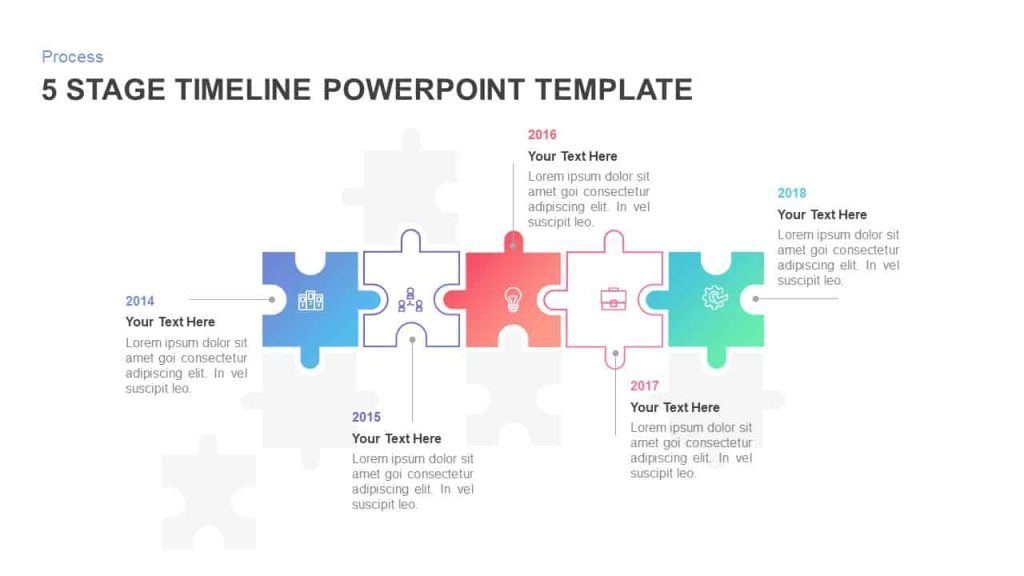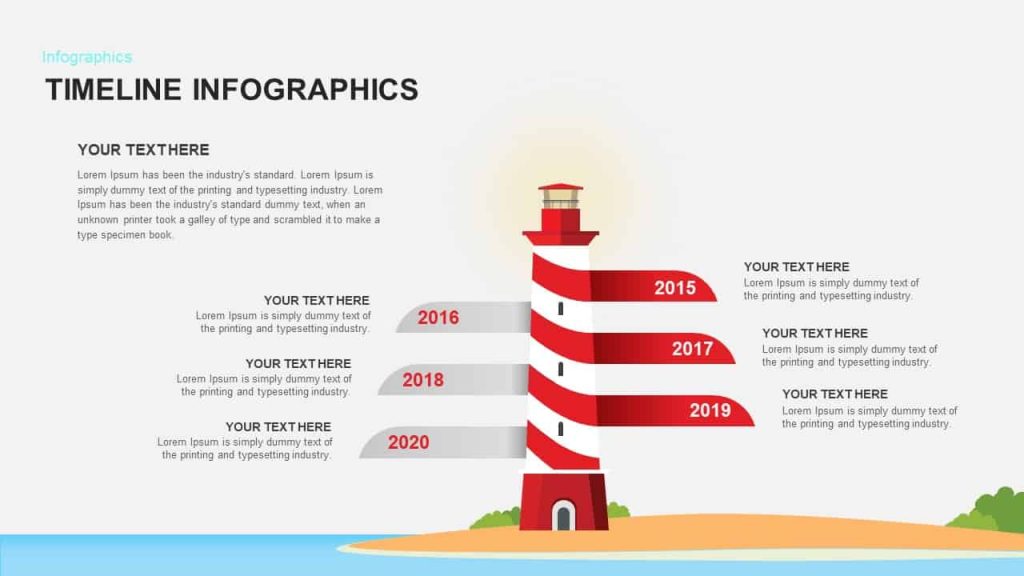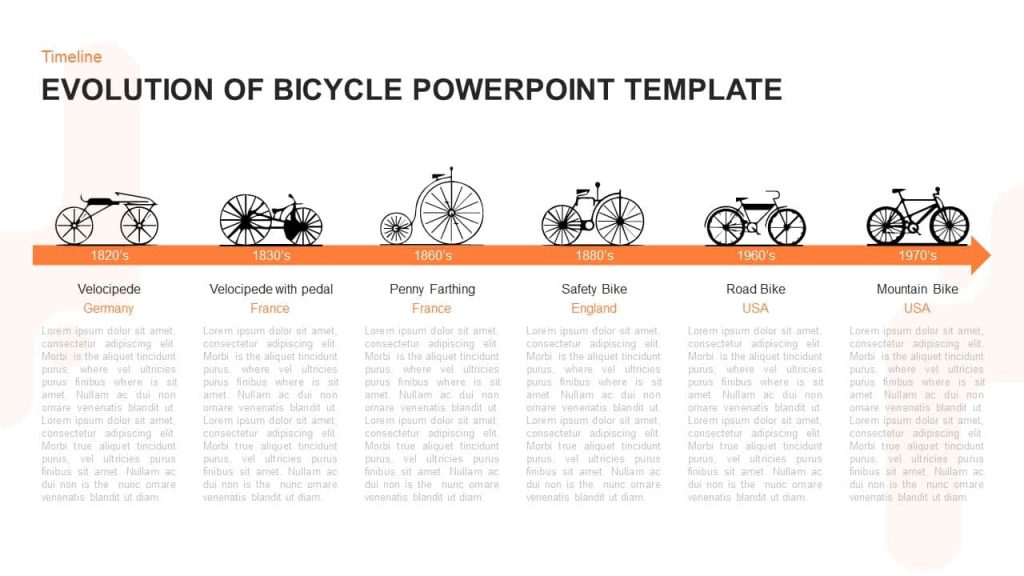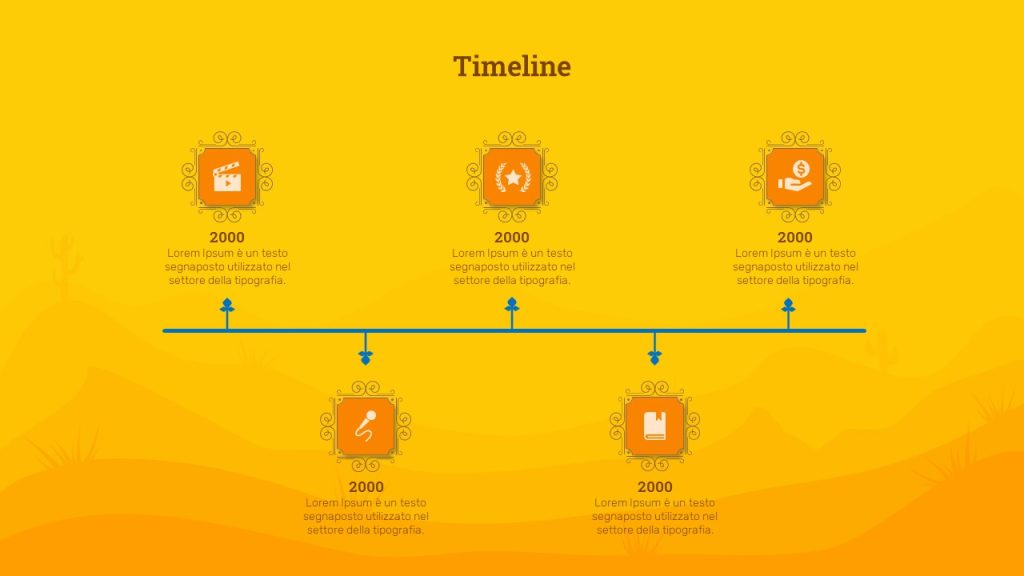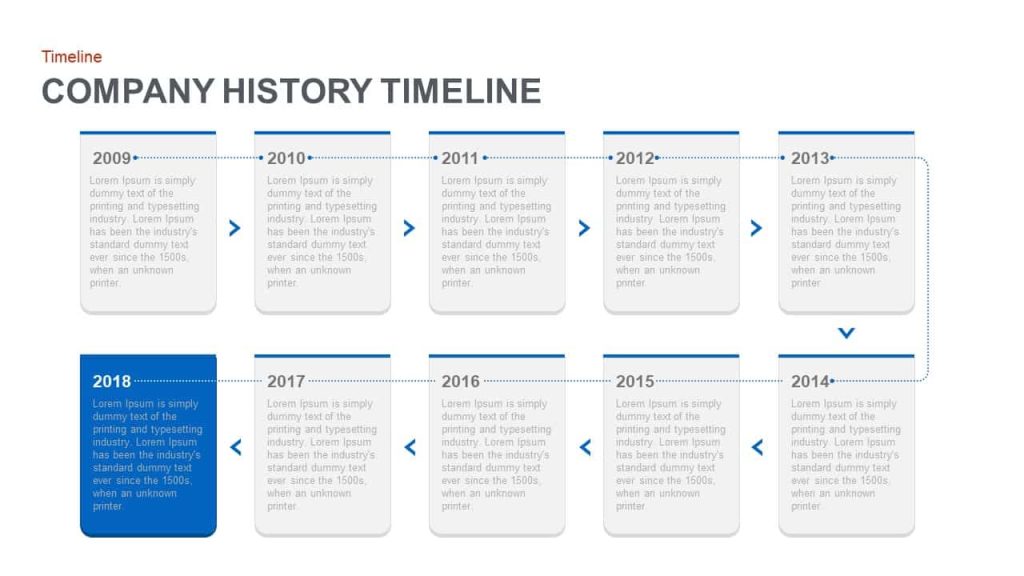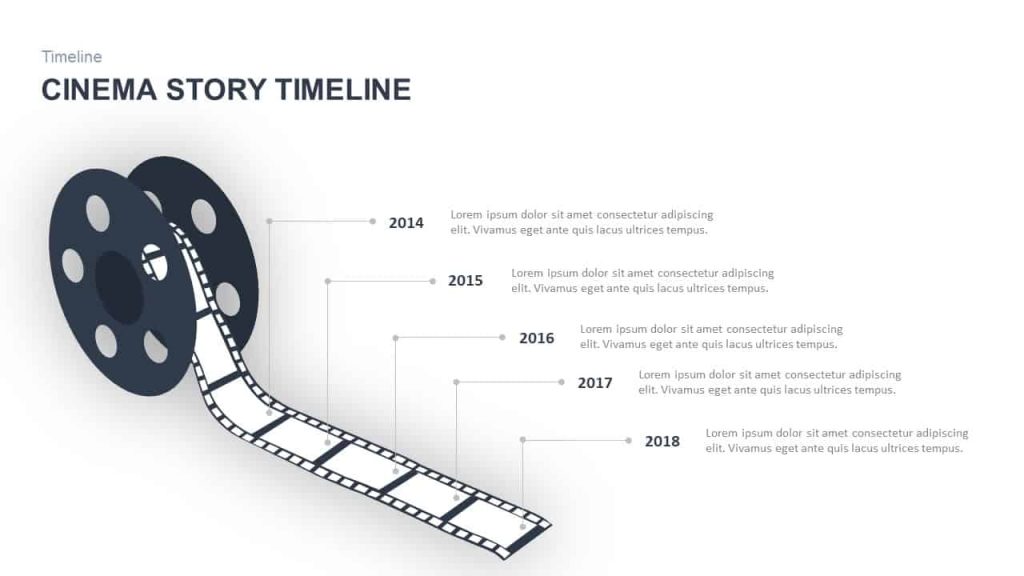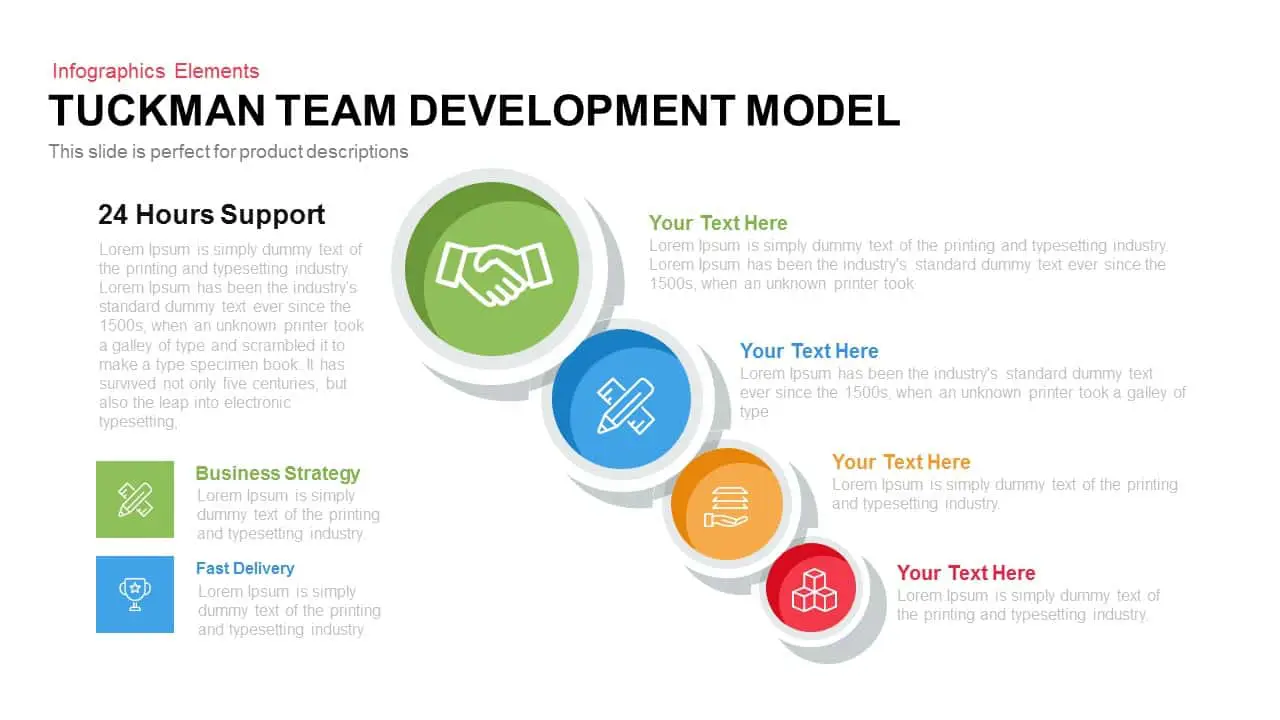What is a Timeline?

You can organize data in a lot of different ways. It can be according to quality, quantity, or nature. But one of the most convenient methods is arranging data in chronological sequence. Timelines are the best way to do this. But what is a timeline?
Here’s a good place to start if you’re looking for timeline template.
What is a timeline?
A timeline is a diagrammatic illustration that chronologically marks the events that occur in a period. You can use a timeline to represent important dates, activities, or even people. In addition, you can use it to represent events that have already happened, which are happening, and the ones that are about to happen.
Timelines are easy to create, simple to understand, and can condense data. Due to these reasons, it has been in practice from as early as the 17th century B.C, when Egyptians used timelines to mark the reign of pharaohs.
Timelines can be in the form of graphs or charts. And you can use it to represent anything that happened over some time. Anything can be marked on a timeline, from the events of the Second World War to the important dates in your personal life. Also, check out our blog on how to create a timeline in PowerPoint and PowerPoint timeline add in.
When to use a timeline?
You can use a timeline if you have to present a set of data that is chronological in order, a continuous process, or interconnected in nature. Timelines have endless possibilities. You can use it in all fields imaginable. Here are a few examples where you can use a timeline:
- To present historical reports with important years and their dates
- For the presentation of an agenda or schedule before a meeting
- To present the reports of ongoing work with dates and deadlines
- To mark the important dates in the life of an individual
- For presenting the process of photosynthesis in plants
What are the types of timelines?
You can use timelines in many cases, and countless types of timelines are available. Here are the most commonly found types of timelines:
Horizontal timeline
It is one of the most commonly used types of timelines. It represents data in a straight line from left to right. The left end is the oldest event or the starting, and the right end is the latest or the endpoint. A horizontal timeline is one of the easiest to create and understand. It is the best option if you have a small set of data to be presented.
Vertical timeline
A vertical timeline is navigated from top to bottom. The start of the period is at the top, and the end is at the bottom. The important events can be marked on the line and can be described with lengthy text on either side of the line. It is convenient to present much more complex data on a vertical timeline.
Static timeline
The static timeline represents all the data at once. There is no hidden data that is revealed on clicking. This type of timeline is better suited for smaller sets of data. It is easy to grasp and has a very linear representation of data.
Dynamic timeline (Interactive)
A dynamic timeline is a tool that helps to compress large data into a simple timeline. On clicking or zooming in, the hidden details get revealed. Such a timeline helps deliver the information to the people who need it. The additional details can be in the form of text, images, or sometimes videos. The interactive model helps create a clean timeline but, at the same time, provides intricate details to the users.
Roadmap timeline
Businesses use roadmap timelines to communicate a project’s duration and the actions required to be taken to complete it. It divides the timeline into sections based on actions or jobs and prioritizes them. This acts as a guideline for employees and helps them know when to do what. The roadmap also tracks the performance and achievements of a team.
Gantt chart timeline
Created by Henry Gantt, a pioneer in scientific management, the Gantt chart is highly functional to display project schedules. The Gantt chart looks very similar to a bar chart, with the X-axis ( horizontal axis) representing the duration of each task, and the Y-axis (vertical) representing the list of tasks.
Since all the tasks are represented in a single chart, it is easy to identify and prioritise the critical tasks. The Gantt chart also provides an understanding of how much resources will be required to complete a project and helps the managers act accordingly. In addition, the chart helps establish the connection between tasks and how they are interdependent. Finally, it guides the employees on their roles and what is the performance expected from them.
Graphical timeline
A graphical timeline differs from normal timelines due to its emphasis on visuals. It holds images and animations that make the timeline much more attractive and interesting than a typical timeline. These timelines can be especially useful to present events that otherwise require very long descriptions.
Historical timeline
A historic timeline illustrates the events that chronologically occurred in the past. A historic timeline looks into civilizations, societies, empires, or even wars. Using historical timelines is a great method to learn and understand the past and how the events paved the way for future events.
Biographical timeline
This is a timeline that represents the life of a person. A biographical timeline can start from the person’s birth or an important point in their life. Biographical timelines are usually used to mark famous or historical personalities’ contributions, major events, and achievements. This timeline is a great tool for learning and understanding a person’s life and contributions.
Company history timeline
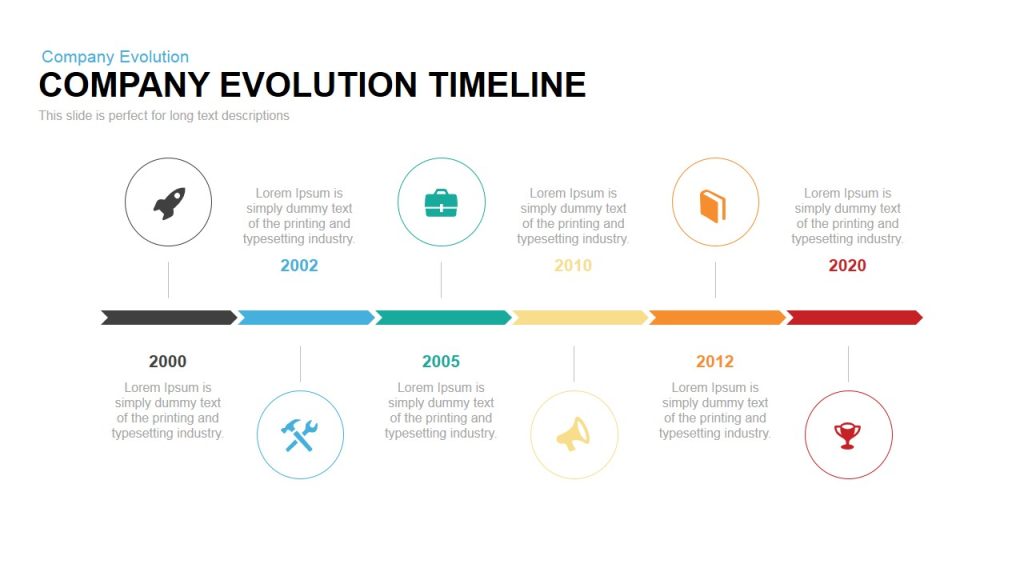
This timeline illustrates the origins, growth, and current state of a business or a company. These are most commonly used on the about page of a company website. In addition, a company history timeline can help attract and convince the stakeholders about the authenticity of a business.
Career timeline
It is a timeline that represents the professional life of an individual. Some start the timeline from college, whereas others prefer to start with their first job. The end is usually retirement. The career timeline can be extremely helpful when applying for a new job, as it would let the employer know the job experience you possess. It can also be a career planning tool for individuals, as it can help set realistic goals for one’s professional life.
Wedding timeline
A wedding timeline provides the schedule for the wedding day(s). This timeline can hold details like the arrival of the photographer, time of the marriage ceremony, serving of the dinner, etc. The wedding timeline helps people getting married plan every last detail of their wedding day.
Family timeline
When the important occurrences of a family are marked in timely order, it is called a family timeline. This can include the day your grandparents met, your parents were married, the day you were born, and so on. A family timeline helps preserve and pass on the memories to future generations. It can greatly interest children to know more about their lineage.
Movie timeline
A movie timeline is a 7 step process that starts from development and goes all the way to the movie’s distribution. First, the idea for the movie is developed, then the pre-production activities occur, and then the production or the actual shooting. Then comes still photography, wrap, post-production, and finally, the distribution through various channels like theaters, OTT, and television. This guideline allows producers and directors to plan and prepare the resources and manpower.
Construction timeline
Construction managers create a construction timeline to arrange and organize activities to complete a project. They also set dates and deadlines for the tasks. Construction projects need to have schedules because every extra day of work can cause huge amounts of money to be wasted. The construction timeline also helps managers understand the labor requirements and identify the necessary resources.
Marketing Timeline
A marketing timeline marks the marketing activities that are to be performed to complete an objective. For example, it could be the activities required to increase the footfall to a certain outlet or to increase the sales of a product. The timeline will also specify the strategies to be followed and the deadlines for task completion. The marketing timeline also acts as a measuring tool to understand how successful a campaign was.
Biological timeline
It is a timeline that deals with biological processes. The biological timeline marks naturally occurring events in chronology, like the development of the fetus. This timeline also shows how certain actions cause other actions and their relations. The biological timeline usually has images to provide a better understanding to the viewers.
How to create an effective timeline
Timelines are exceptionally effective visual tools that can convey so much information with precision and clarity. But it is important to know how to make a great timeline. Here are seven steps that you can follow to create an engaging timeline:-
Collect the required data
Research the topic and collect all the data you will require to create the timeline. Arrange the data in chronological order to make the next steps easier.
Identify if your subject needs a timeline
If you have a list of activities that are to be chronologically presented, then you should consider using a timeline. Also, make sure the events you have are connected to each other in some manner.
Select the type of timeline you would need
Identify the quantity and the nature of your data. If it is brief, you can create a simple horizontal timeline. If your data would not fit in a horizontal timeline, then you can go for a vertical timeline or an interactive timeline. In case the data requires visual explanations for better understanding, then opt for a graphic timeline. If you have to represent the schedules for work like a construction or marketing timeline, then it would be better to choose the Gantt chart timeline.
Fix the points for beginning and ending
If it is a work schedule, then the starting date for the first task can be the starting point, and the deadline can be the endpoint. In the case of a personal or biographical timeline, the birth of the person can be the start. Death or the current status could be used as the endpoint.
Select a timescale
Choose a timescale that would help you fit all the important points, but at the same time, do not cramp the timeline with unnecessary information. In the case of work schedules, days or weeks would be preferable, whereas timelines based on the lives of individuals would be better off with years.
Mark the important events on the timeline
Mark the important events or dates and provide apt descriptions so that viewers can have a clear understanding of the data presented.
Use images if necessary
Wherever it takes a lengthy description, try the possibility of adding images instead. This makes the timeline visually attractive and memorable. But make sure to choose the right images, or your timeline might look unprofessional and childish.
Creating a timeline can be a hassle, especially if you don’t have the time and resources. SlideBazaar offers you 50+ unique timeline templates. The layouts are crafted to suit your needs. Download timeline templates to create impressive and memorable timelines for your next presentation. We have the newest templates uploaded every day.
